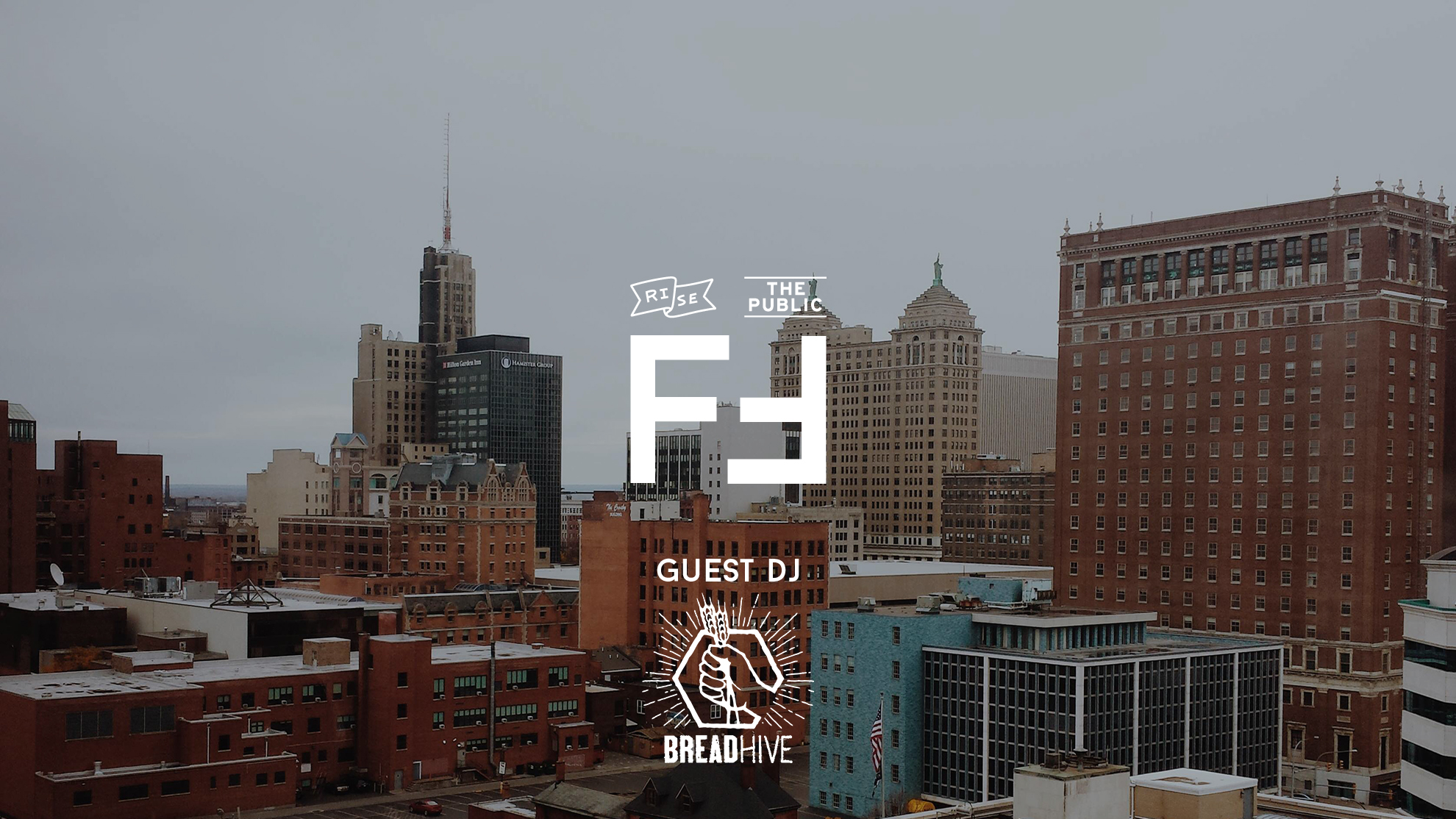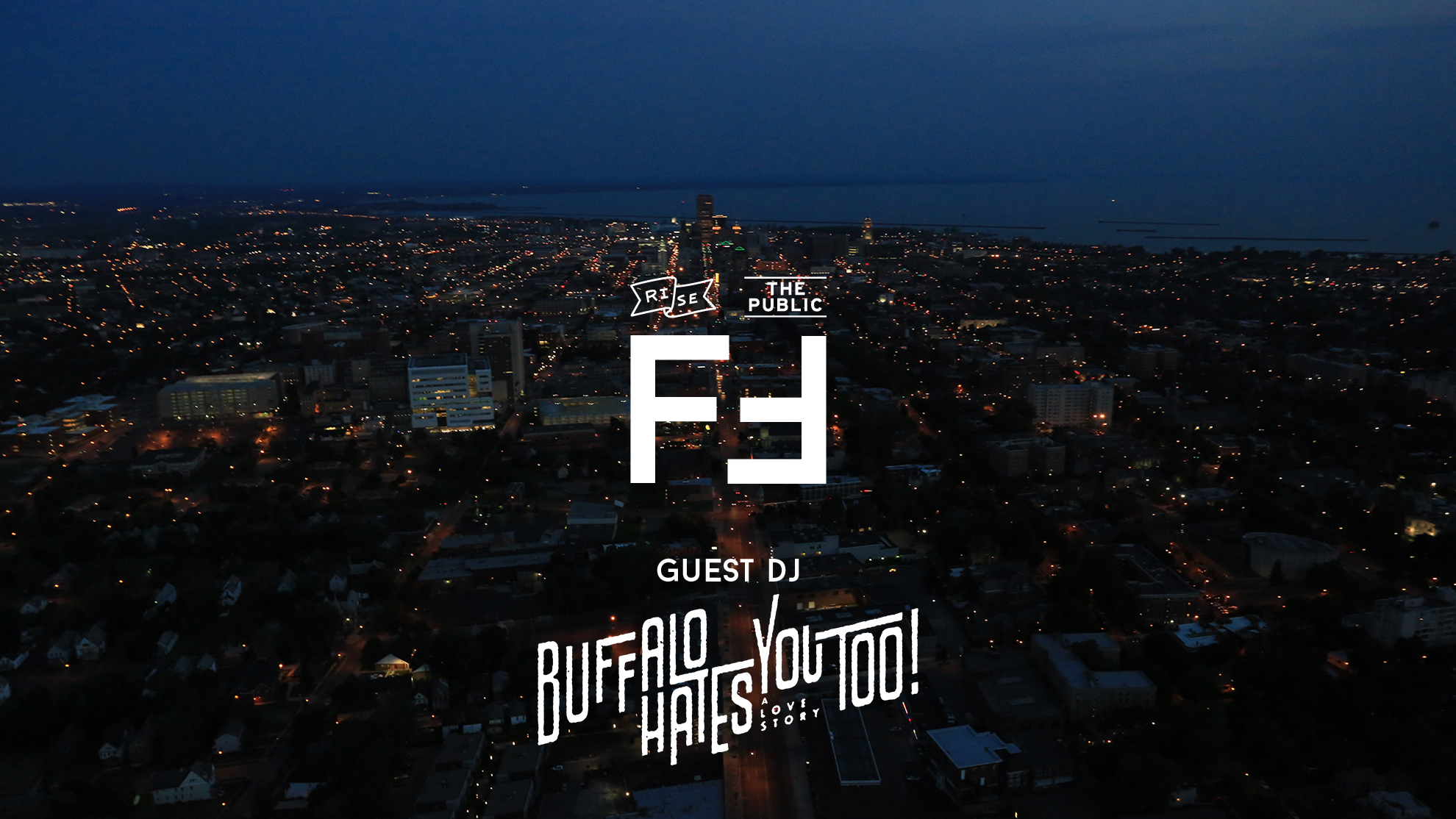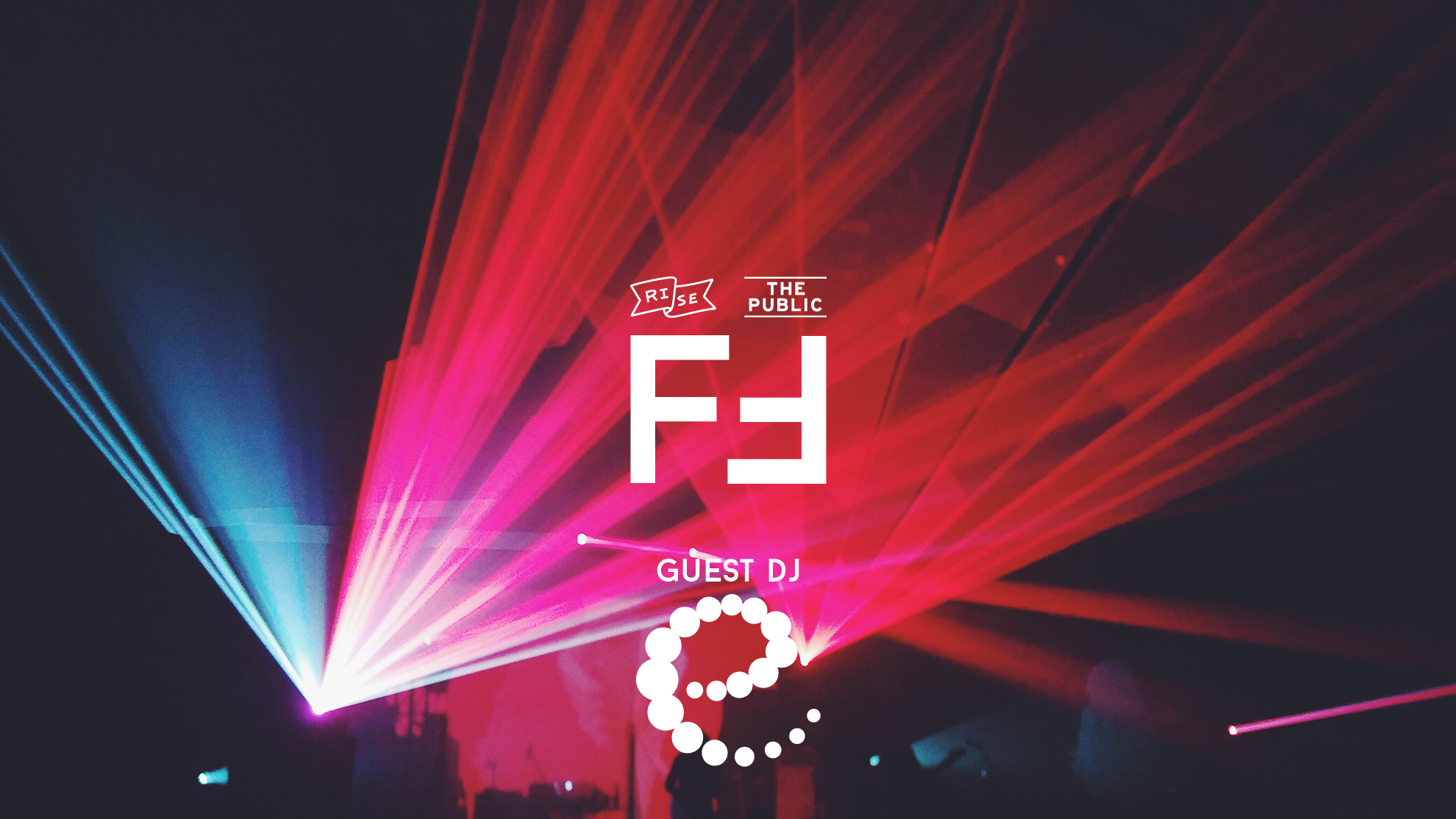By Harper Bishop // Economic & Climate Justice Coordinator, Open Buffalo
My grandmother Bishop lived in Buffalo, Riverside to be specific. Every Sunday after church, we would drive into the city to visit her. The 25-minute drive, past the toll booths of yore and straight into the skyline, was the most exciting part of my week.
She would cook our immediate family – of which I was one of ten – a big Hungarian dinner, which was nearly ready to be served by the time we walked through the front door. Rose Bishop, my father’s mother, was a particular woman. She had a certain way about her, and her home mirrored her person. It was always neat and tidy, never unkempt. She lived only a couple of blocks away from Riverside Park, the most underrated Olmsted Park in my humble opinion, and she had a rose bush out front that has since taken up residence in my own yard. A daily reminder of how it is that I first came to know the city that I now call home.
Before the complexity, and startling statistics, the back and forth between affordability and gentrification. Back when I didn’t yet understand that to be succeed, some would have to fight harder and overcome more barriers than others, and that in the City of Good Neighbors, the color of your skin still determines, to a great extent, where you live and what opportunities are available to you.
When I moved back home in 2009 from Washington, D.C, one of the first places I wanted to rediscover was my Grandma B.’s house on Skillen Street. My parents told me not to. The vast majority of folks agreed. It had fallen into “disrepair,” along with the rest of the neighborhood, they said. Stubbornly, I ignored that advice. It was then that I learned about Buffalo anew.
Potholes covered the street, and one could only wonder if the long shadow of City Hall had stopped just shy of this place.
As I rode my bike through Riverside, I took in an unfamiliar scene. I wondered if it had been my childhood memory that had failed me or if it was as different as it looked. As I pedaled down Tonawanda Street and turned onto Vulcan, I noticed that the once thriving commercial corridors were empty and dilapidated. The churches were closed down; St. Elizabeth’s, my grandmother’s home church, had long since held its last mass. Vacant properties and years of neglect replaced a once thriving, walkable neighborhood that flourished almost naturally. Potholes covered the street, and one could only wonder if the long shadow of City Hall had stopped just shy of this place.
As I continued to take in my surroundings, it began to sink in. Although an unfamiliar scene, this was an all-too-familiar story. Amidst the poverty were the faces of people you’d expect. It was plain to see the devastation of white flight.
My family included. Even though we had left the city prior to my grandmother’s death, we never questioned whether or not we would return to Riverside. We had made it out to East Aurora, the so-called “Promised Land.” We sold her house and never looked back. Meanwhile, folks with limited income and options were left to confront the same challenges other communities with depopulation and a decreased tax base encounter. Rather than be viewed as resilient, they were – and continue to be – blamed for Riverside’s demise.
As the sixth most segregated city in the country and the third poorest, it’s important to learn how it is that we got here. We must understand how structural and institutional racism have shaped our current reality. We can’t move forward, as a city, without considering our personal story and how we have, either knowingly or unknowingly, contributed to such structures. The promise of the “New Buffalo” is prosperity and social equity for everyone, free of caveats. In order for this promise to ever come to fruition, we must take action to dismantle the systems in place and it begins when we commit to the difficult work of self-reflection. For Riverside, my grandmother’s home, and for Buffalo,




